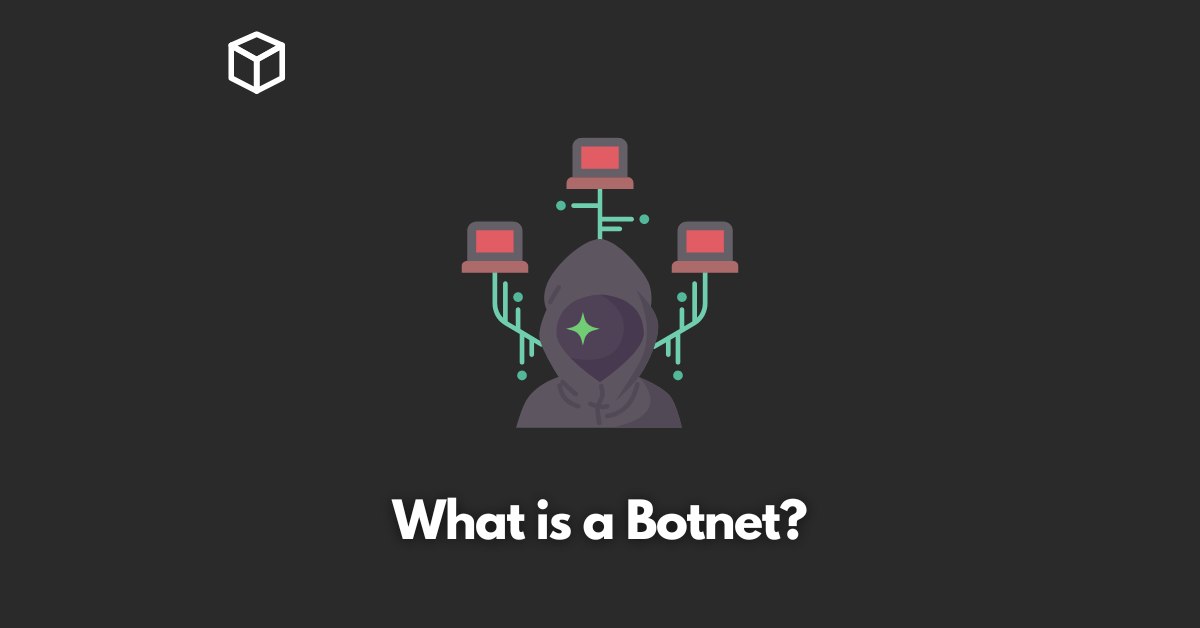When it comes to online security, it’s important to stay informed about the latest threats and how to protect yourself from them.
One of the most dangerous and prevalent types of cyberattacks is the botnet.
In this article, we’ll discuss what a botnet is, how it works, and what you can do to protect yourself from these attacks.
What is a Botnet?
A botnet is a network of infected devices, known as bots, that are controlled by a cybercriminal.
These bots can be computers, smartphones, or any other internet-connected device.
Once a device is infected, it becomes part of the botnet and can be used to launch a variety of malicious activities.
Common uses of botnets include distributed denial-of-service (DDoS) attacks, spamming, and data theft.
How Does a Botnet Work?
The first step in creating a botnet is to infect a device with malware.
This can happen through phishing emails, infected software downloads, or by exploiting vulnerabilities in the device’s operating system.
Once a device is infected, it becomes a bot and can be controlled by the cybercriminal.
The cybercriminal then has the ability to use the botnet to launch attacks or steal sensitive information from the infected devices.
Types of Botnets
Botnets are not one-size-fits-all and can be used for a variety of purposes. Some common types of botnets include:
- DDoS botnets: These botnets are used to launch distributed denial-of-service attacks, overwhelming a website or network with traffic.
- Spambotnets: These botnets are used to send spam emails or messages.
- Cryptojacking botnets: These botnets are used to mine cryptocurrency on infected devices.
- Steal sensitive information botnets: These botnets are used to steal personal information.
- How to Protect Yourself from Botnets
Fortunately, there are several steps you can take to protect yourself from botnets.
Some effective measures include:
- Keeping your software and operating system up to date: This will help ensure that any vulnerabilities in your system are patched, making it less likely for malware to infect your device.
- Being cautious of suspicious emails or messages: Never click on links or download attachments from unknown sources.
- Using a reputable antivirus software: This will help detect and remove any malware that may have infected your device.
- Using a firewall: A firewall can help prevent unauthorized access to your device and network.
Conclusion
Botnets are a serious threat to internet security, and it’s essential to stay informed about how they work and how to protect yourself from them.
By following the steps outlined in this blog post, you can take action to keep your devices and personal information safe from botnets and other cyberattacks.
Remember, the best defense is always a good offense, so don’t wait until it’s too late, take the necessary steps to protect yourself today.




